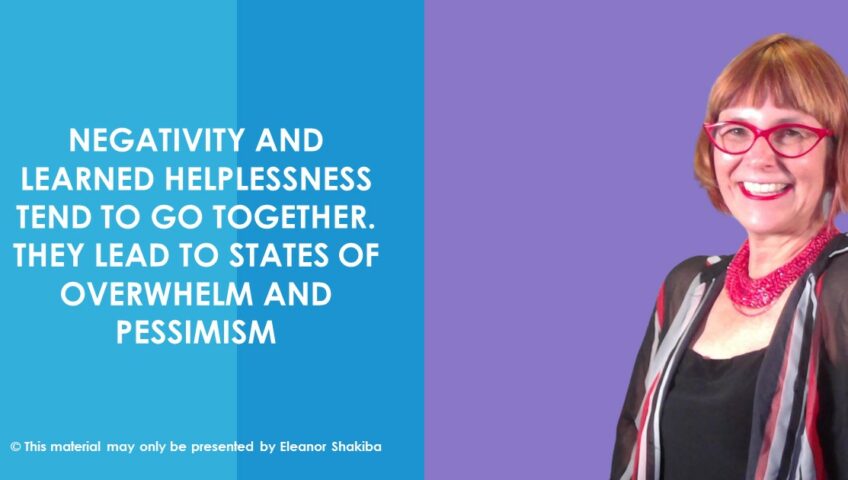We’ve all heard terms like ‘self-esteem’ and ‘active listening’. Most of us don’t know where they come from or who created them. Yet behind many of the most influential techniques you’ll master in professional life lies the work of one man; Carl Rogers. He was an American psychologist and one of the founders of humanistic psychology. His work was groundbreaking and continues to be relevant long after he died in 1987. I recently read an interesting article about Rogers’ work, which brought this point home.
The article summarises the huge impact of Rogers’ work. It explains that Rogers believed every one of us possesses an innate desire to grow and blossom. As a therapist, Rogers emphasised the importance of unconditional positive regard. He believed that for therapy to be truly effective, therapists must provide their clients with unwavering acceptance and support. He talked about ‘active attending’. Later, this term became known as ‘active listening’. No doubt you’ve heard of it, if you’ve ever done any training in communication skills.
According to Rogers, the development of a healthy sense of self is an ongoing process influenced by your life experiences. He also also highlighted the role of parenting in shaping your self-concept. He claimed that parents who offer unconditional love lay the foundation for healthy self-esteem. In fact, it is Rogers who created the term ‘self-esteem’. He said this was likely to be high when a person’s ‘ideal self’ and ‘perceived self’ were well aligned.
Free e-book and video tips.Get your copy today!
|
|
Rogers called this ‘being congruent’. This is when you accept yourself for who you truly are, without pretending or hiding behind a facade. Reaching this state, he claimed, enables you to be a better version of yourself and to live a fulfilling life. This is known as ‘self-actualisation’. It’s often described as the pinnacle of human potential, where you have achieved everything that makes you truly happy.
So why is all this worth knowing? Because understanding Rogers’ theories can help you develop stronger relationships with yourself and others, whether in a personal or professional setting. If you’d like to find out more about the scope of Rogers’ work, read the original article here. It’s a great read.
This article summary was created by Eleanor Shakiba
Eleanor is a leadership trainer, success coach and people skills expert. She helps managers and business owners build thriving teams and organisations, using tools from Positive Psychology. She's trained more than 60,000 people during her career as a corporate trainer and professional development consultant. Her mission is inspiring talented people to become leaders who make a difference.



